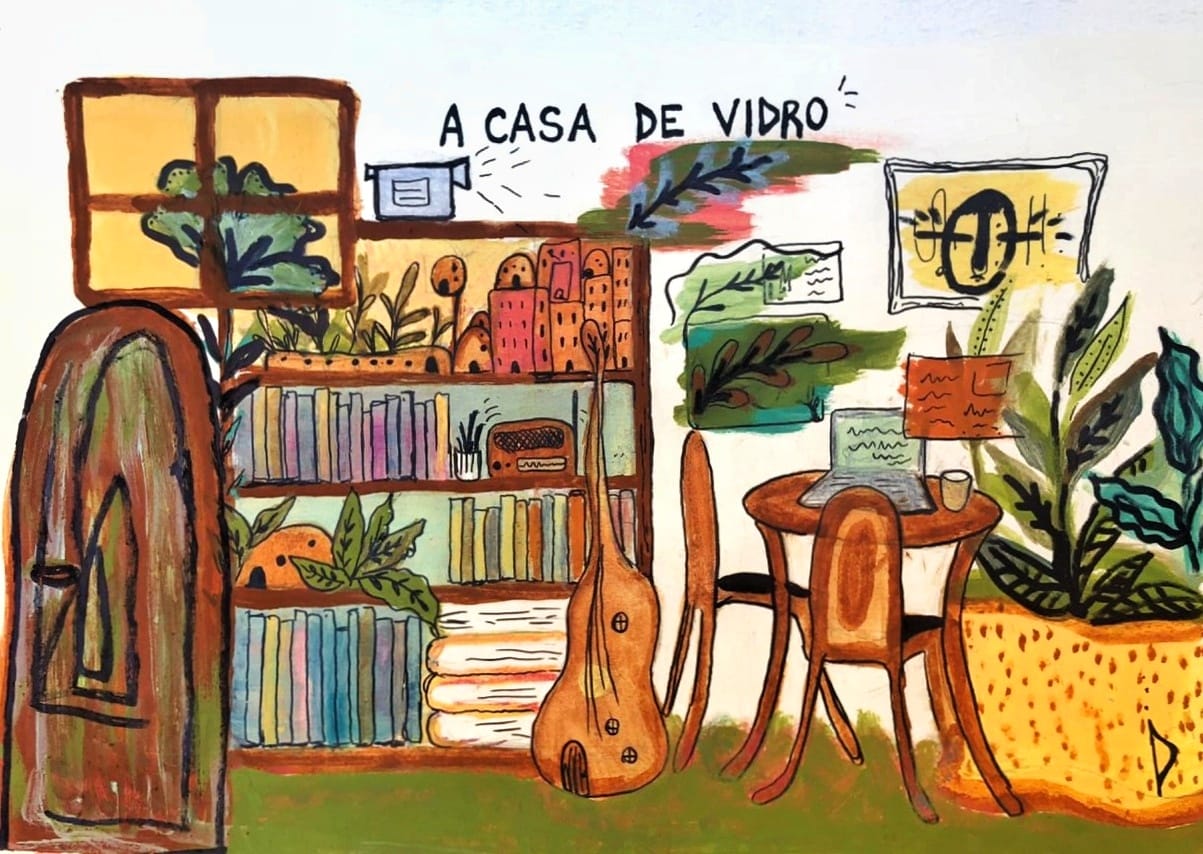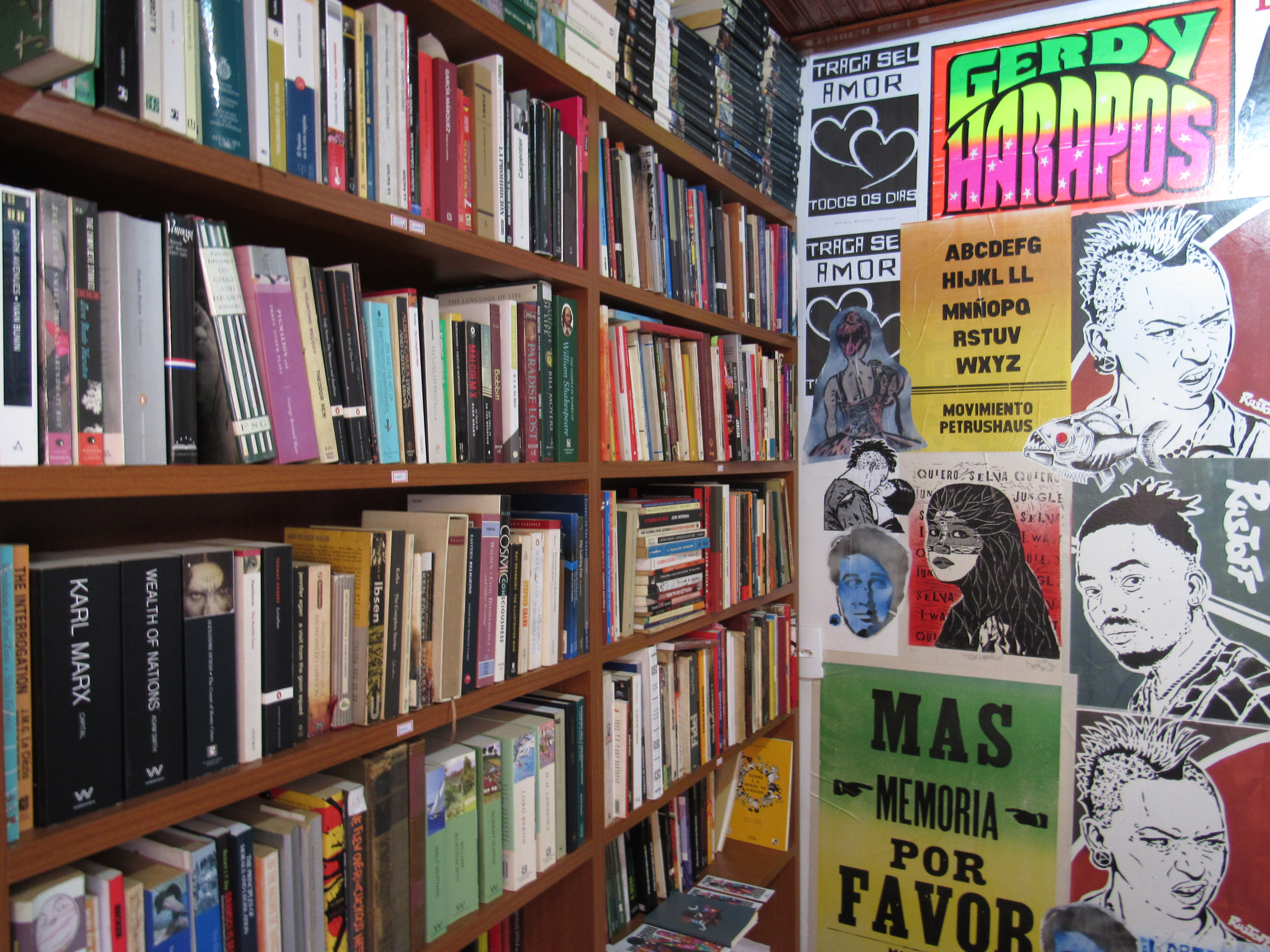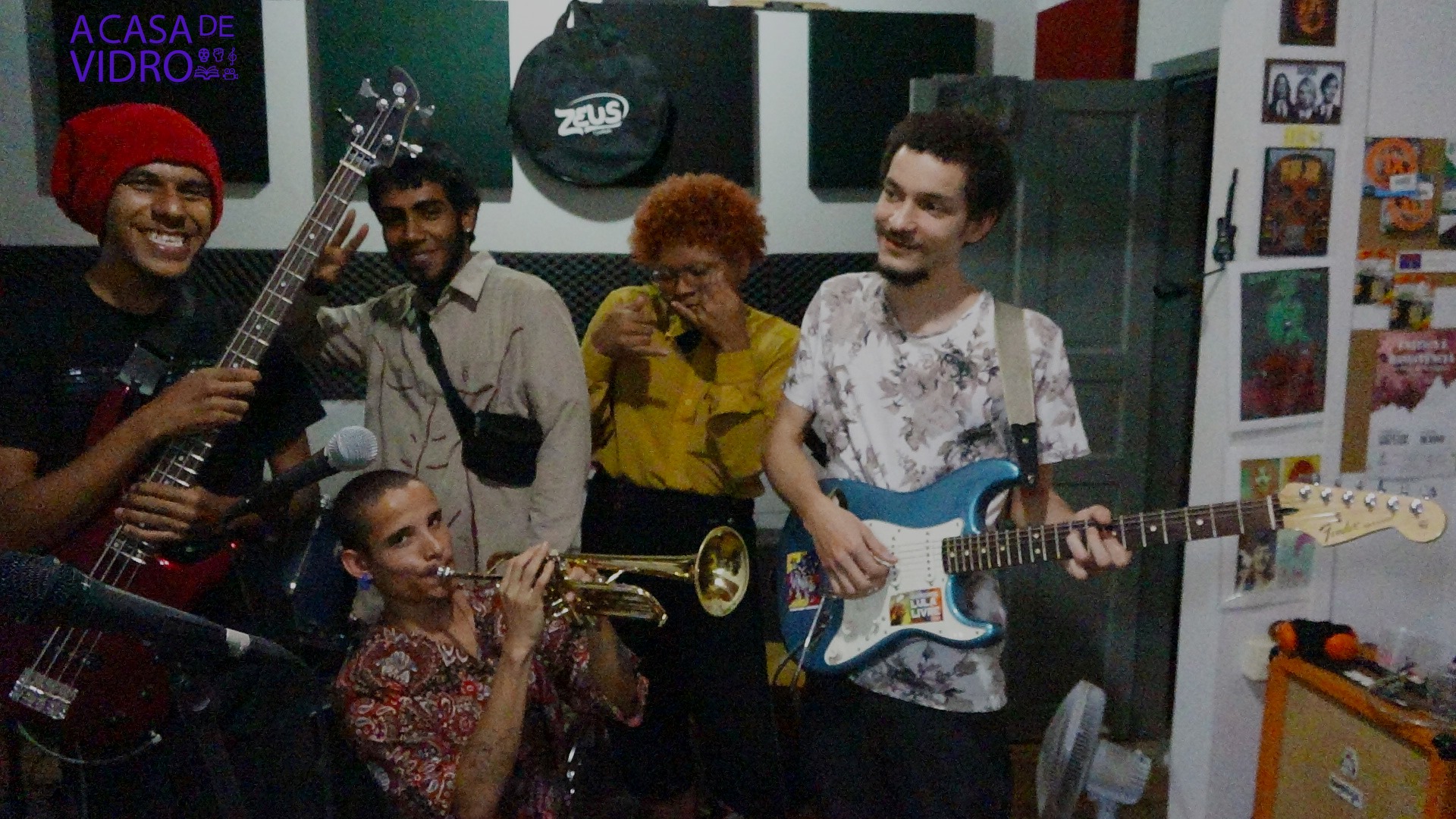ORNETTE COLEMAN, PAI DO FREE JAZZ, MESTRE DO SAX, ENCERROU SUA CARREIRA NA VIDA (R.I.P. – 1930 / 2015) [OUÇA ALGUNS DE SEUS ÁLBUNS]
Artist Biography by Scott Yanow
One of the most important (and controversial) innovators of the jazz avant-garde, Ornette Colemangained both loyal followers and lifelong detractors when he seemed to burst on the scene in 1959 fully formed. Although he, and Don Cherry in his original quartet, played opening and closing melodies together, their solos dispensed altogether with chordal improvisation and harmony, instead playing quite freely off of the mood of the theme. Coleman’s tone (which purposely wavered in pitch) rattled some listeners, and his solos were emotional and followed their own logic. In time, his approach would be quite influential, and the quartet’s early records still sound advanced many decades later.
Unfortunately, Coleman’s early development was not documented. Originally inspired by Charlie Parker, he started playing alto at 14 and tenor two years later. His early experiences were in R&B bands in Texas. (…) Coleman moved to Los Angeles in the early ’50s, where he worked as an elevator operator while studying music books.
(…) During 1959-1961, beginning with The Shape of Jazz to Come, Coleman recorded a series of classic and startling quartet albums for Atlantic. With Don Cherry, Charlie Haden, Scott LaFaro, or Jimmy Garrison on bass, and Billy Higginsor Ed Blackwell on drums, Coleman created music that would greatly affect most of the other advanced improvisers of the 1960s, including John Coltrane, Eric Dolphy, and the free jazz players of the mid-’60s. (…) Coleman has remained true to his highly original vision throughout his career and, although not technically a virtuoso and still considered controversial, is an obvious giant of jazz.
* * * *
Ornette Coleman, a true revolutionary who changed the course of jazz and made profound contributions to the music for six decades, died of cardiac arrest in Manhattan on June 11 at age 85. Known primarily for his work on alto saxophone, Coleman also played trumpet and violin.
More than almost any other jazz musician of his generation, he was as revered for his philosophy and ideas as he was for his groundbreaking music.
“I have always wanted to do as many things as I could learn to do,” Coleman told DownBeat associate editor Dan Morgenstern in the April 8, 1965, issue. “The reason why I am mostly concerned with music is because music has a tendency to let everybody see your own convictions; music tends to reveal more of the kind of person you are than any other medium of expression. It’s not like painting, where all of a sudden it’s there. It’s unlike any other activity, and I love it because of that.”
Born in Fort Worth, Texas, on March 9, 1930, Coleman started out on tenor sax and began playing in r&b and bebop bands before switching to alto, which became his main instrument after relocating to Los Angeles in 1954. While his iconoclastic approach to his instrument was off-putting to many musicians at the time, Coleman found an inner circle of kindred spirits in pianist Paul Bley, trumpeter Don Cherry, bassist Charlie Haden and drummers Ed Blackwell and Billy Higgins, with whom he began forging a new collective improv vernacular in their early experiments at L.A.’s Hillcrest Club.
His triumverate of forward-looking albums as a leader—Something Else!!!!: The Music of Ornette Coleman(1958) along with Tomorrow Is The Question and the prophetically titled The Shape Of Jazz To Come (both released in 1959)—ushered in the free-jazz movement and introduced Coleman’s “harmolodic theory,” whereby harmony, movement of sound and melody all share the same value.
One of the pieces on The Shape Of Jazz To Come, the haunting “Lonely Woman,” has become a jazz standard, studied in conservatories and interpreted by innumerable artists through the decades.
After moving to New York City in November 1959, Coleman gained notoriety from a 10-week residency at the Five Spot with his quartet of Cherry, Haden and Higgins. For a second four-month residency at the Five Spot in 1960, Blackwell replaced Higgins on drums. Three important Coleman recordings were released that pivotal year, extending his influence in the jazz world—his double quartet project Free Jazz: A Collective Improvisation and two potent quartet recordings, Change Of The Century and This Is Our Music.
Two acclaimed albums released at the end of that decade—1968’s New York Is Now and Love Call—featured the alto saxophonist doubling on trumpet alongside tenor saxophonist Dewey Redman, bassist Jimmy Garrison and drummer Elvin Jones.
In the Nov. 22, 1973, issue of DownBeat, Coleman discussed the concept of free-jazz with journalist Michael Bourne: “To me free is not a style. It’s a personal ability. Playing free is not having to have a style. This always bothered me, when I used to play for people to dance. I’ve always said that even if I’m playing this funny music, even if they’ve been dancing, it’s supposed to make whatever is inside your existence freer, a little happier.”
Coleman’s boundless imaginative powers as a composer were illustrated on 1972’s Skies In America, which was a single lengthy piece performed by the London Symphony Orchestra.
With 1977’s mesmerizing Dancing In Your Head, featuring the Master Musicians of Jajouka and introducing Coleman’s electric Prime Time band, he began courting a new muse that later coalesced with the 1982 groove-oriented free-jazz manifesto Of Human Feelings, fueled by the dynamic electric bassist Jamaaladeen Tacuma.
Other noteworthy recordings of the decade included Coleman’s collaboration with guitarist Pat Metheny, 1986’s Song X, and 1988’s Virgin Beauty, which featured a guest appearance by Grateful Dead guitarist Jerry Garcia.
The ’90s were marked by typically provocative statements, such as 1995’s Tone Dialing and 1996’s simultaneous releases, Sound Museum: Hidden Manand Sound Museum: Three Women.
The composer’s Pulitzer Prize-winning Sound Grammar was recorded live in Ludwigshafen, Germany, on Oct. 14, 2005, with his working quartet of son Denardo Coleman on drums and the two-bass tandem of Anthony Falanga and Greg Cohen.
Throughout his lengthy, prolific career, no matter how far “out” Ornette took his music, that plaintive alto sax cry and deep blue Texas feel remained at the heart of his soaring improvisations.
Voted into the DownBeat Hall of Fame by the readers in 1969, Coleman was also honored with an NEA Jazz Masters fellowship in 1984 and a Grammy Lifetime Achievement Award in 2007.
The venerable, beloved figure was feted at an all-star 84th birthday celebration and concert at the Prospect Park Bandshell on June 12, 2014. The diverse array of luminaries who attended was a reflection of the broad range of artists who respected and admired him: Sonny Rollins, Joe Lovano, David Murray, Henry Threadgill, Antoine Roney, Ravi Coltrane, James Blood Ulmer, Branford Marsalis, Geri Allen, Bill Laswell, John Zorn, Laurie Anderson, Patti Smith and Flea.
At the concert, the soft-spoken Coleman addressed the crowd: “It’s so beautiful to see so many beautiful people who know what life is, who know how to get together and help each other. It’s good to be alive while we’re alive. The only thing we have to do is to be alive. So do what you want to do so that we can all have something to enjoy.”
(To read a review of the 2014 tribute to Coleman, clickhere. To read Coleman’s essay “To Whom It May Concern,” written for DownBeat in 1967, click here.)
— Bill Milkowski
[youtube id=https://youtu.be/Lbt9DDolcag]
[youtube id=https://youtu.be/HjVURhB4bsE]
[youtube id=https://youtu.be/xbZIiom9rDA]
[youtube id=https://youtu.be/PHacXpUis1U]
[youtube id=https://youtu.be/PMbXrj5XTLc]
Publicado em: 12/06/15
De autoria: casadevidro247





